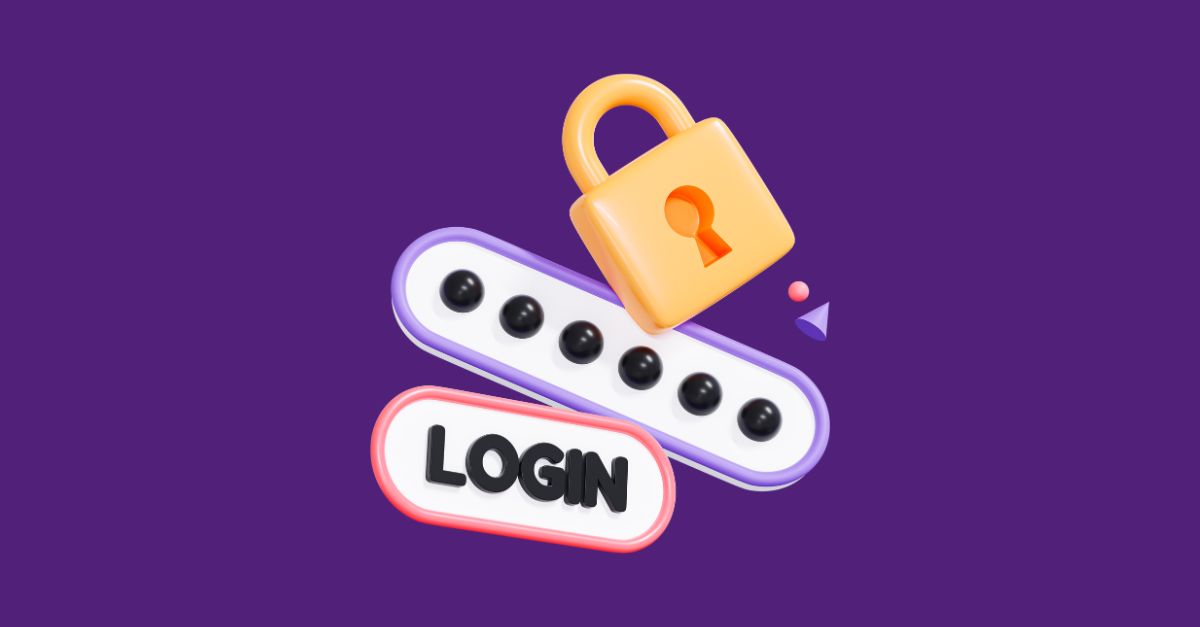 January 26, 2025 |
3 min Read
January 26, 2025 |
3 min ReadSafeguarding Student Data: Why Less is More in the Digital Age
As we approach National Data Privacy Day on January 28th, it’s crucial to shine a spotlight on one of the most vulnerable and sensitive data ecosystems: student information. In an era of increasing digital transformation, companies must become more vigilant than ever about protecting the personal data of their most important stakeholders—students.
The Hidden Risks of Data Collection
Student data is far more than just names and grades. It encompasses a comprehensive profile that can include:
- Personal identifiers
- Academic performance
- Family background
- Health information
- Behavioral records
- Socioeconomic details
This wealth of information makes student data an incredibly attractive target for potential misuse, making robust privacy protections not just a best practice, but an absolute necessity.
The Vendor Selection Minefield
Not all third-party vendors are created equal when it comes to data protection. When companies partner with technology providers, they’re essentially entrusting them with the most personal information of vulnerable populations—children and young adults.
Red Flags in Vendor Data Practices
When evaluating potential vendors, companies should be extremely cautious of those who:
- Collect extensive personal data beyond what’s strictly necessary
- Have unclear data retention policies
- Lack transparent privacy practices
- Do not provide robust encryption and security measures
- Share or sell data to third parties
The Gold Standard: Minimal Data Collection
The most responsible approach to student data privacy can be summed up in one principle: collect nothing, store nothing.
Why “No Data Storage” is the Optimal Strategy
By prioritizing vendors that:
- Minimize data collection
- Implement strict data deletion protocols
- Use anonymization techniques
- Provide end-to-end encryption
- Operate with complete transparency
Companies can dramatically reduce their risk profile and protect student privacy.
Legal and Ethical Implications
Beyond the moral imperative, there are significant legal considerations:
- FERPA (Family Educational Rights and Privacy Act) mandates strict protections
- State-level student privacy laws are becoming increasingly stringent
- Potential financial and reputational damages from data breaches can be devastating
Practical Steps for Companies
Conduct Thorough Vendor Assessments
- Request comprehensive privacy impact assessments
- Review data handling practices in minute detail
- Demand clear, written commitments to minimal data collection
Implement Strict Vendor Contracts
- Include explicit clauses about data minimization
- Require immediate data deletion after service completion
- Establish penalties for unauthorized data retention or sharing
Continuously Monitor and Audit
- Regular privacy practice reviews
- Ongoing vendor performance evaluations
- Stay updated on evolving privacy technologies and regulations
Conclusion: A Culture of Privacy
Protecting student data is more than a technical challenge—it’s about creating a culture of respect, transparency, and responsible technological stewardship. By choosing vendors committed to minimal data collection and robust privacy practices, companies can safeguard students most sensitive information.
This National Data Privacy Day, let’s recommit to the principle that when it comes to student data, less is definitively more.